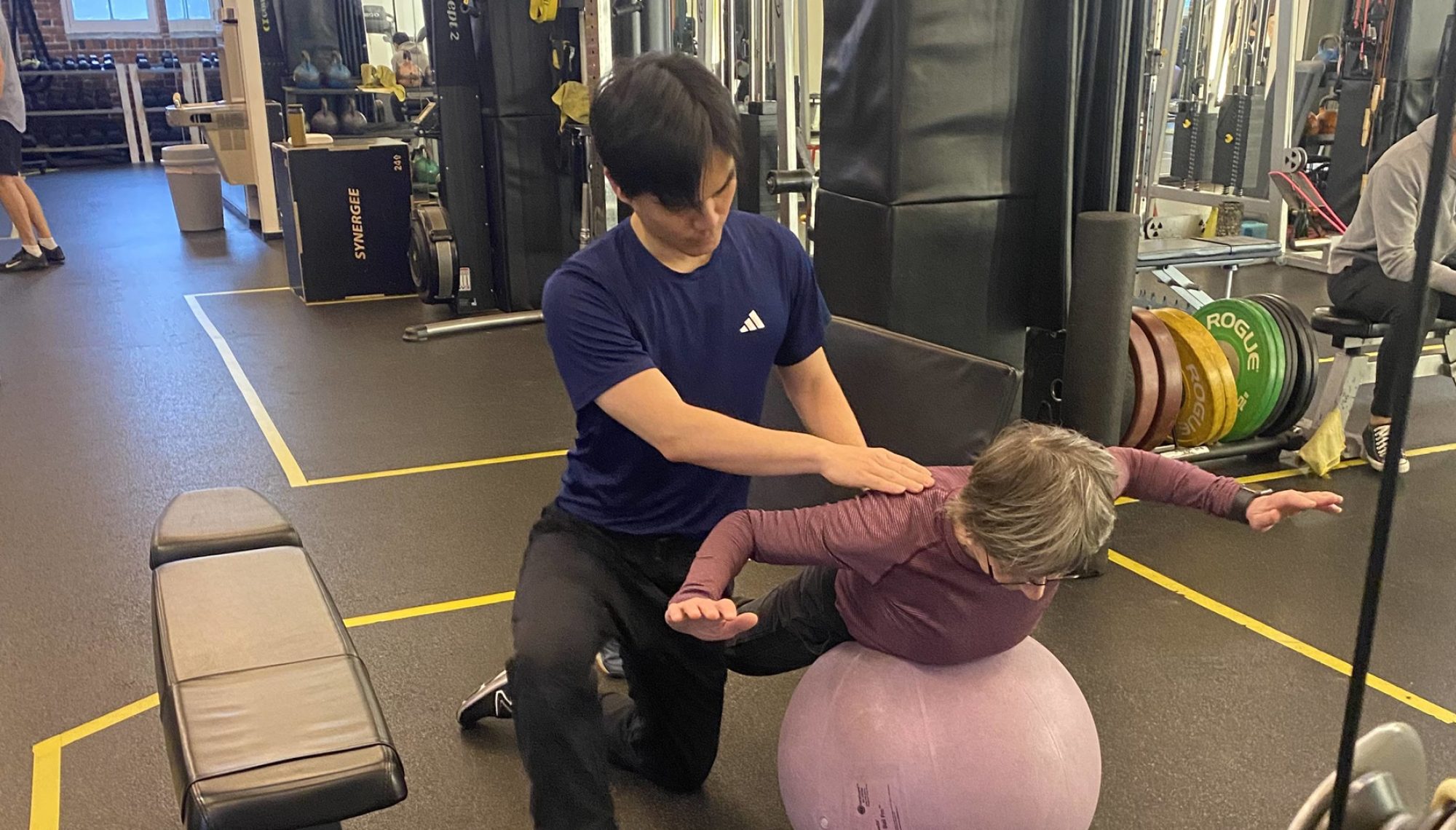Chronic neck pain presents a formidable challenge, affecting individuals’ quality of life and daily functioning. In this comprehensive review, we delve into the intricate relationship between Chronic neck pain and muscle stiffness, shedding light on the importance of exercise caution in managing this debilitating condition.
Research Methods
Studies from databases like PubMed, Scopus, and PEDro were examined to understand muscle stiffness in Chronic neck pain. Emphasis was placed on studies utilizing ultrasound elastography or myotonometry.
Key Findings
Six studies were analyzed, with three rated as moderate quality and three as high quality. Chronic neck pain patients exhibited increased stiffness in the upper trapezius (UT) muscle compared to non-Chronic neck pain individuals.
Discussion and Implications
While a link between UT stiffness and Chronic neck pain is evident, further research is needed to establish causation. It’s crucial to exercise caution with activities that may exacerbate Chronic neck pain symptoms.
Exercise Caution
Exercise caution emerges as a pivotal consideration in Chronic neck pain management. Engaging in activities involving overhead movements, such as handstands, overhead presses, or lateral raises, can inadvertently aggravate neck stiffness. Prioritizing movements that alleviate rather than exacerbate Chronic neck pain symptoms is paramount to mitigating discomfort and enhancing overall well-being.
Conclusion
Navigating the complexities of Chronic neck pain necessitates a multifaceted approach that encompasses both understanding muscle stiffness and exercising caution. By elucidating the intricate interplay between Chronic neck pain and muscle stiffness, we pave the way for tailored interventions and improved patient outcomes in the realm of chronic neck pain management.
Reference
“Which muscles exhibit increased stiffness in people with chronic neck pain?“

